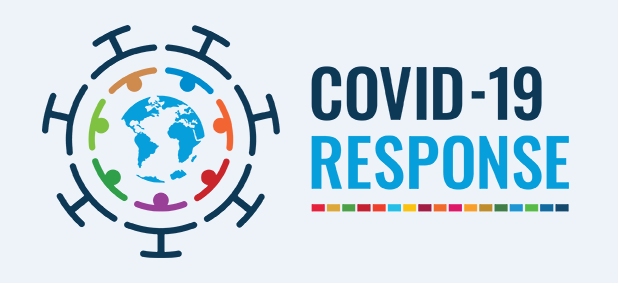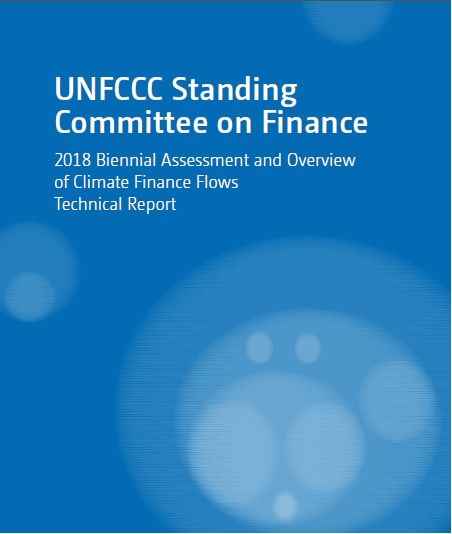Climate Finance is key to reducing GHG Emissions, enable Decarboni-
sation and Climate Resilient Development today
Climate Finance is key to reducing GHG Emissions, enable Decarbonisation and Climate Resilient Development today

CA CS Manindra Tiwari
Director, Finance and International Cooperation, IISD
International Climate Finance Expert
What is climate finance ? How it plays a Role in lowering GHG Emissions, enable Decarbonisation and Climate Resilient Development ?
Climate finance refers to local, national or transnational financing, drawn from public, private and alternative
sources of financing; that seeks to support mitigation and adaptation actions that will address climate change.
The Convention, the Kyoto Protocol and the Paris Agreement call for financial assistance from Parties with more
financial resources to those that are less endowed and more vulnerable. This recognizes that the contribution of
countries to climate change and their capacity to prevent it and cope with its consequences vary enormously.
Climate finance is needed for mitigation, because large-scale investments are required to significantly reduce emissions. Climate finance is equally important for adaptation, as significant financial resources are needed to adapt to the adverse effects and reduce the impacts of a changing climate. In accordance with the principle of
"common but differentiated responsibility and respective capabilities" set out in the Convention, developed country
Parties are to provide financial resources to assist developing country Parties in implementing the objectives of the UNFCCC.
The Paris Agreement reaffirms the obligations of developed countries, while for the first time also encouraging voluntary contributions
by other Parties. Developed country Parties should also continue to take the lead in mobilizing climate finance from a wide variety of sources,
instruments and channels, noting the significant role of public funds, through a variety of actions, including supporting country-driven strategies,
and taking into account the needs and priorities of developing country Parties. Such mobilization of climate finance should represent a progression
beyond previous efforts.
It is important for all governments and stakeholders to understand and assess the financial needs of developing
countries, as well as to understand how these financial resources can be mobilized. Provision of resources should also aim to achieve a balance between
adaptation and mitigation. Overall, efforts under the Paris Agreement are guided by its aim of making finance flows consistent with a pathway towards low
greenhouse gas emissions and climate-resilient development. Assessing progress in provision and mobilization of support is also part of the global stock
take under the Agreement. The Paris Agreement also places emphasis on the transparency and enhanced predictability of financial support.
What is the financial mechanism? What are the other funds?
To facilitate the provision of climate finance, the Convention established a financial mechanism, to provide
financial resources to developing country Parties. The financial mechanism also serves the Kyoto Protocol and the Paris Agreement.
The Convention states that the operation of the financial mechanism, can be entrusted to one or more existing international entities.
The Global Environment Facility (GEF) was conceptualised in 1991, and has served as an Operating Entity of the financial mechanism,
since the Convention's entry into force in 1994.
India is both a Donor and a Recipient of GEF. It has been a Leading Developing Country participant in the GEF,
since its inception, in 1991 and has played a major role in shaping the restructuring of the GEF.
India has pledged an amount of US $ 9.0 million, towards the resources of each of the Five GEF replenishments.
The World Bank serves as the GEF Trustee, administering the GEF Trust Fund (Contributions by Donors).
At COP 16, in 2010, Parties established the Green Climate Fund (GCF)
and in 2011 also designated it as an operating entity of the financial mechanism. The financial mechanism, is accountable to the COP,
which decides on its policies, programme priorities and eligibility criteria for funding.
In addition to providing guidance to the GEF and the GCF, Parties have established two special funds-the Special Climate Change Fund (SCCF)
and the Least Developed Countries Fund (LDCF), both managed by the GEF and the Adaptation Fund (AF) established
under the Kyoto Protocol in 2001. At the Paris Climate Change Conference in 2015, the Parties agreed
that the operating entities of the financial mechanism - GCF and GEF - as well as the SCCF and the LDCF
shall serve the Paris Agreement.
Regarding the Adaptation Fund serving the Paris Agreement negotiations are
underway in the Ad hoc Working Group on the Paris Agreement (APA).
What is the Standing Committee on Finance? What is the long-term finance process?
At COP 16 in 2010, Parties decided to establish the Standing Committee on Finance (SCF) to assist the COP in exercising its functions in relation to the financial mechanism of the Convention. Currently, the SCF has four specific functions: assisting the COP in improving coherence and coordination in the delivery of climate change financing; assisting the COP in rationalization of the financial mechanism of the UNFCCC; supporting the COP in the mobilization of financial resources for climate financing; and supporting the COP in the measurement, reporting and verification of support provided to developing country Parties. The Committee is also tasked to organize an annual forum on climate finance, provide the COP with draft guidance for the operating entities, provide expert input into the conduct of the periodic reviews of the financial mechanism and prepare a biennial assessment and overview of climate finance flows. Furthermore, the SCF is designed to improve the linkages and to promote the coordination with climate finance related actors and initiatives both within and outside of the Convention. At the Paris Conference in 2015, Parties decided that the SCF shall also serve the Paris Agreement.
Long-term climate finance
The long-term finance process is aimed at progressing on the mobilization and scaling up of climate finance of resources originating from a wide variety of sources, public and private, bilateral and multilateral, including alternative sources. The COP decided on the following activities through to 2020: organization, by the secretariat, of annual in-session workshops; developed countries providing, on a biennial basis, information on strategies and approaches for scaling up climate finance; and convening of biennial high-level ministerial dialogue on climate finance.
Through, the Cancun Agreements, in 2010, Developed Country Parties committed, in the
context of meaningful mitigation actions and transparency on implementation, to a goal of mobilizing
jointly US $ 100 billion per year by 2020, to address the needs of developing countries.
When adopting the Paris Agreement Parties in December 2015; confirmed this goal, called for a Concrete
Road Map to achieve the goal by 2020, and agreed that prior to 2025 the Conference of the Parties (COP) serving
as the Meeting of the Parties (MOP) to the Paris Agreement shall set a new collective
quantified goal, from a floor of US $ 100 billion per year.
What is the Climate Finance Modules ?
The Climate Finance comprises three modules, each of which includes,
information made available by Parties and the operating entities of the financial mechanism for implementing propose
Climate Actions in respecting Countries.
The first module, the National Communications Module, presents information
communicated by contributing countries on the provision of financial resources,
in the context of regular reporting to the Convention. The second module, the Fast-start Finance Module, includes information on resources provided by developed countries in the context of their commitment to provide approximately
US $ 30 billion over the period 2010-2012. The third module, on Funds Managed by the GEF, is a joint effort between the
Secretariat of the UNFCCC and the GEF and contains information on climate finance flows of the GEF in
its role as one of the operating entities of the financial mechanism to the Convention.
Additionally, information on projects and programmes of the Adaptation Fund can be found in the finance portal.
This fund was established under the Kyoto Protocol to finance concrete adaptation projects and programmes, in developing
countries that are Parties, to the Kyoto Protocol.
The real answer to present day Climate Emergency Challenges is to under take Aggressive Climate Action and this is possible when
we have enough Climate Finance, available with us.
Hence, Climate Finance is key, to fight Global Warming, supporting GHG Reduction and enabling Decarbonisation and Climate Resilient Development, which would save us and protect our Only Planet today.
CA CS Manindra Tiwari is the Director, Finance and International Cooperation at Indian Institute of Sustainable Development (IISD), New Delhi; who is also an International Climate Finance Expert.

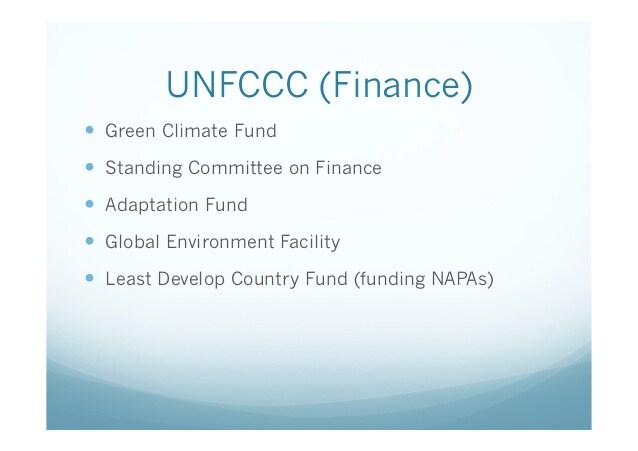
UNFCCC Finace
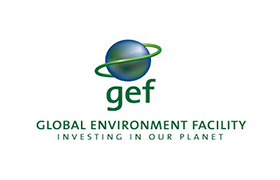
Global Environment Facility (GEF)

Source : - ResearchGate
Institutional framework for climate finance under the UNFCCC and Kyoto Protocol
UNFCCC Standing Committee on Finance (SCF), 2018 Biennial Assessment Report
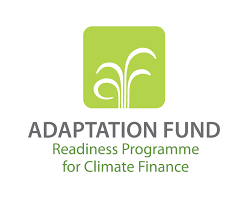
Adaptation Fund
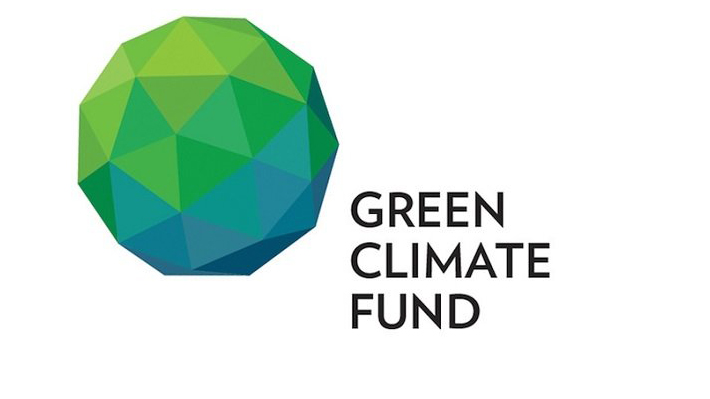
Green Climate Fund (GCF)
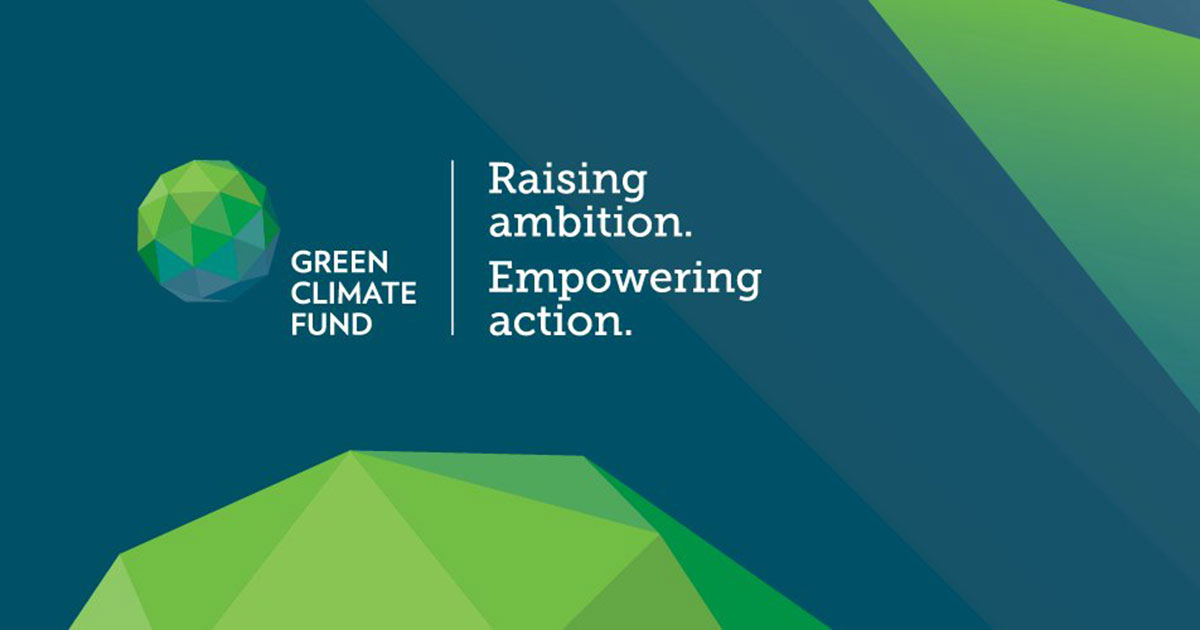
Green Climate Fund (GCF)


